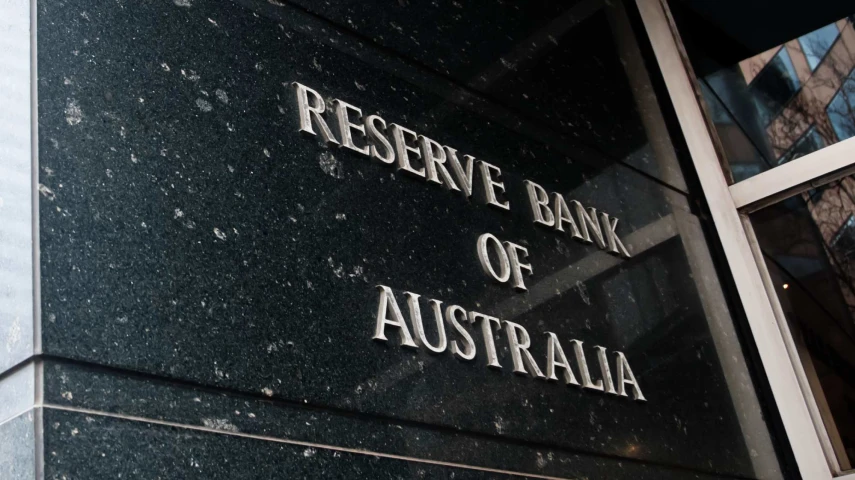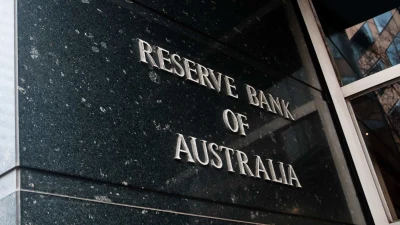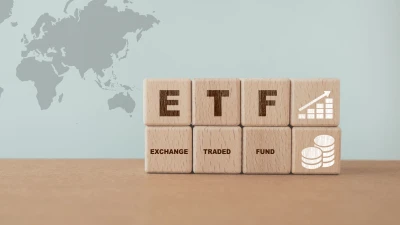RBA holds rates steady but tightening bias lingers



The Reserve Bank of Australia (RBA) has announced it will hold interest rates steady at 4.1 per cent in October, largely in line with market expectations, though further hikes have not been ruled out as inflation risk remains on the upside.
The RBA’s fourth consecutive hold, and Michele Bullock’s inaugural rate call as RBA governor, had been considered all but certain by most.
This, even as the latest monthly consumer price index (CPI) fell outside the RBA’s 2–3 per cent inflation target, rising 5.2 per cent in the year to August.
Announcing the hold, Bullock said there are significant uncertainties around Australia’s economic outlook.
“Services price inflation has been surprisingly persistent overseas and the same could occur in Australia,” she stated.
“There are also uncertainties regarding the lags in the effect of monetary policy and how firms’ pricing decisions and wages respond to the slower growth in the economy at a time when the labour market remains tight.
“The outlook for household consumption also remains uncertain, with many households experiencing a painful squeeze on their finances, while some are benefiting from rising housing prices, substantial savings buffers and higher interest income. And globally, there remains a high level of uncertainty around the outlook for the Chinese economy due to ongoing stresses in the property market.”
She flagged further tightening of monetary policy may be required to ensure that inflation returns to target in a reasonable time frame, depending on the data and the evolving assessment of risks.
Speaking to reporters in Hobart, Treasurer Jim Chalmers conceded Australians are doing it tough and that inflation will be “higher than we like for longer than we like”.
“This is a really welcome outcome for a lot of Australia [...] The last thing Australians needed today was another interest rate rise,” he said.
Paul Bloxham, chief economist for Australia, NZ and global commodities at HSBC, said the RBA is likely to maintain this tightening bias.
“We have one more 25 basis points hike pencilled in for Q4, likely at the November meetings after the Q3 CPI print, although they could choose to wait for the Q3 wage price index figures and hike in December,” he remarked.
T. Rowe Price portfolio manager Scott Solomon believes there is “little impetus” for Bullock to have disrupted the path set out by her predecessor.
He explained: “Looking ahead, we are concerned that the RBA will have to hike again as the economy remains robust – home prices up, employment high, government spending resilient with capacity for more.
“In other words, Bullock’s job won’t be any easier than Philip Lowe’s and will face the same struggles as her central bank counterparts: navigating appropriate policy response in a data-dependent world.”
ANZ’s head of Australian economics, Adam Boyton, also expected no rate cut until late 2024.
“If we were to, for whatever reason, get a surprise and large decline in the unemployment rate, that would certainly increase the risk the bank will come back to the table, so to speak, and increase interest rates. But for now, our view remains no more interest rate increases, a long-extended pause here at 4.1 per cent, with a rate cut at the very end of next year,” he said.
Emma Lawson from the Janus Henderson Australian fixed interest team echoed the sentiment.
She said: “We have a modest easing cycle in late 2024, predicated on a slowing in economic growth as it responds to the current contractionary stance of monetary policy.
“We have a modest tilt to the higher case of a peak in the cash rate of 4.35 per cent if services inflation persists. This is most likely to occur if productivity in the economy remains moribund.
“The RBA are now monitoring the balance between the slowing household sector, the strong labour market, and high wages growth. We remain in the midst of the peaking of the economy but believe that policy will continue to grip and slow economic growth, with a shallow recession starting early next year not off the table.
“The RBA are closely monitoring the rise in oil prices as well as global economic slowing as risks to the outlook.”
Recommended for you
GQG Partners has marked its fifth consecutive month of outflows as its AI concerns lead to fund underperformance but overall funds under management increased to US$166.1 billion.
Apostle Funds Management is actively pursuing further partnerships in Asia and Europe but finding a suitable manager is a “needle in a haystack”.
Nuveen has made its private real estate strategy available to Australian wholesale investors, democratising access to a typically institutional asset class.
VanEck is expanding its fixed income range with a new ETF this week to complement its existing subordinated debt strategy which has received $1 billion in inflows this year.












